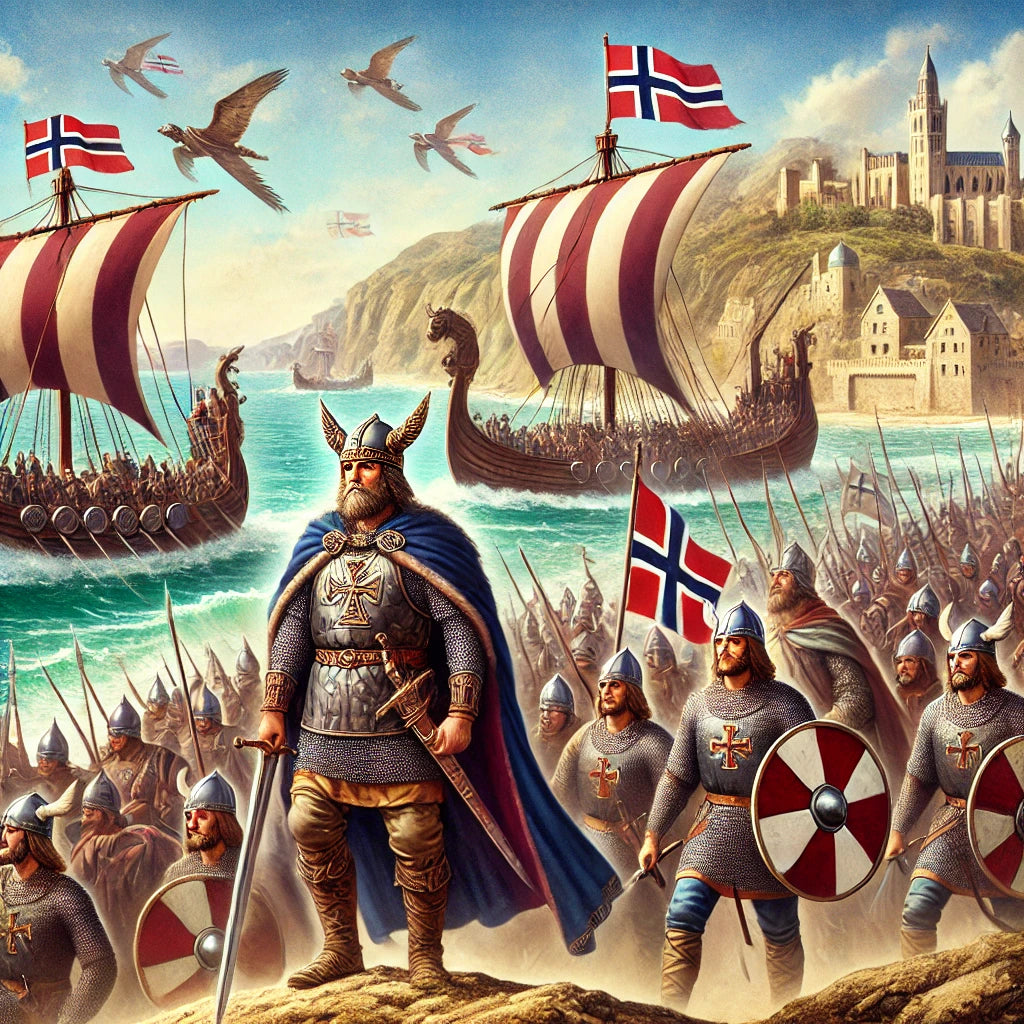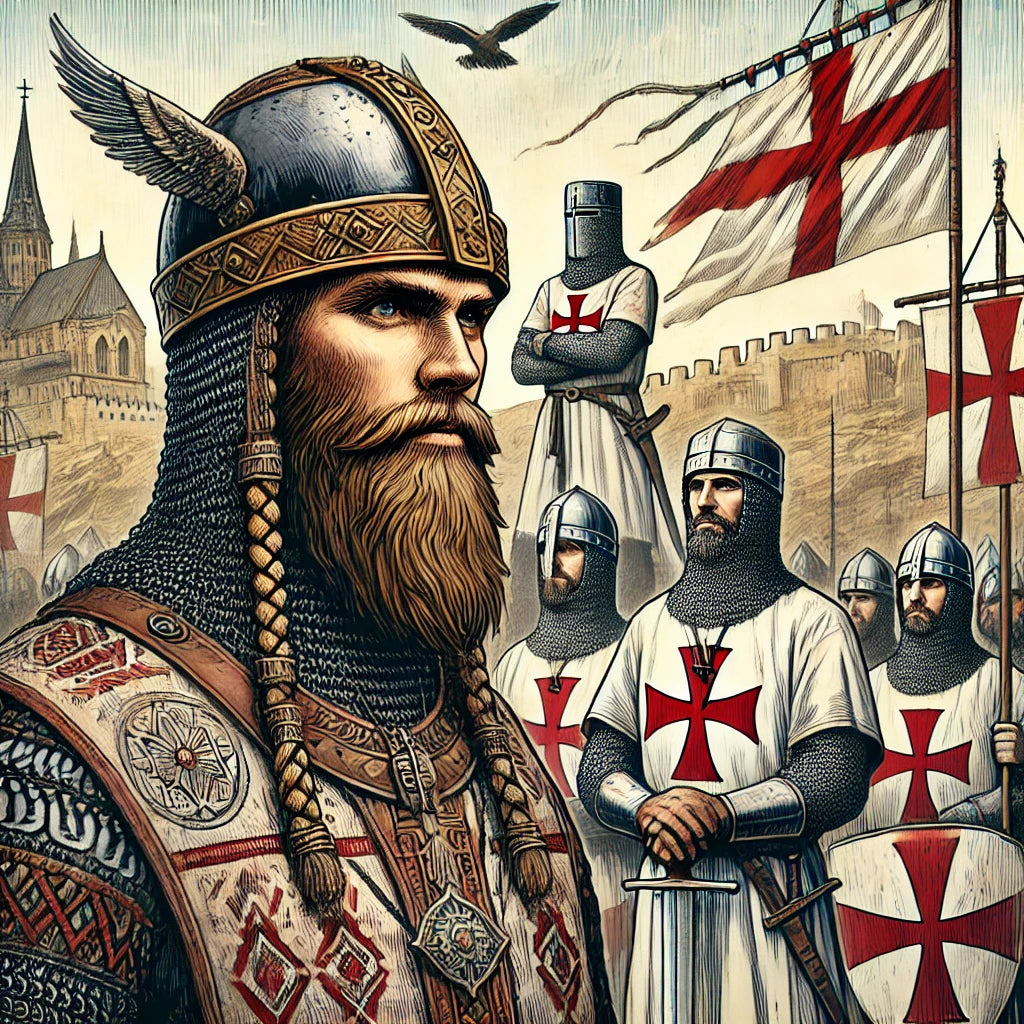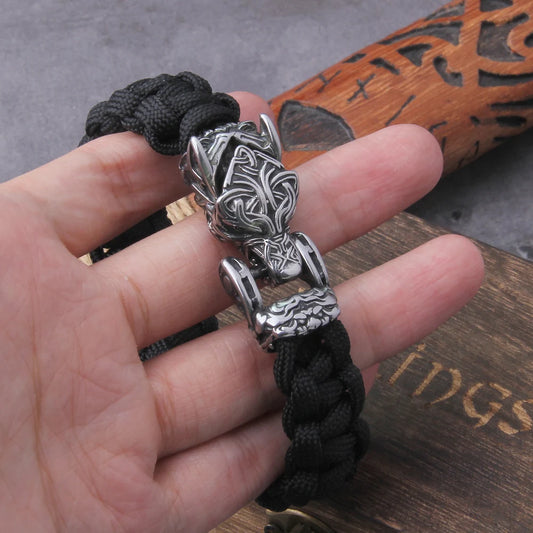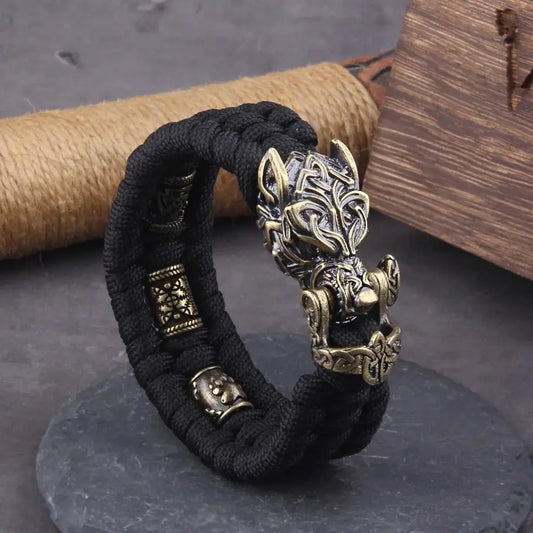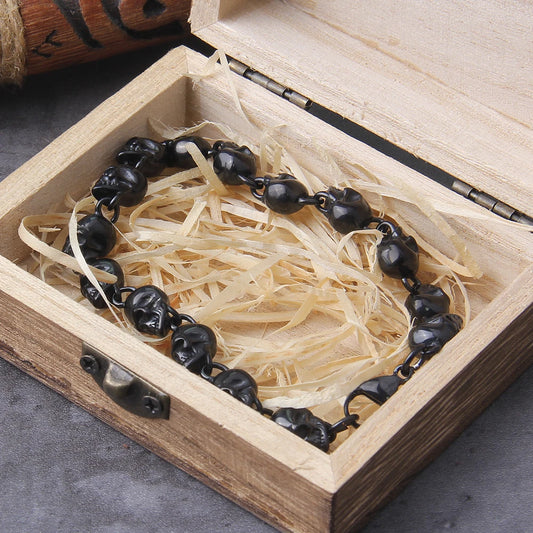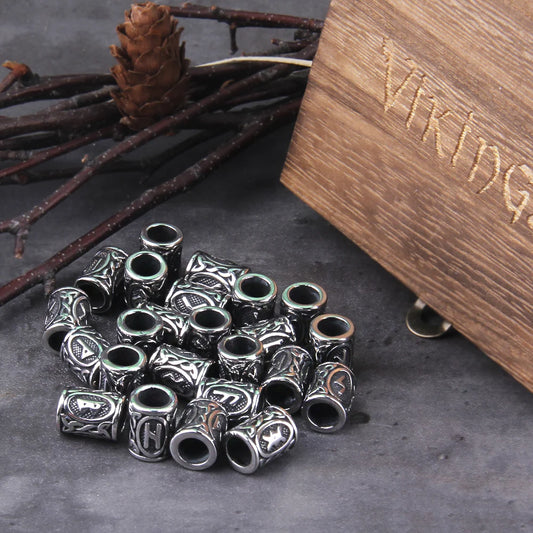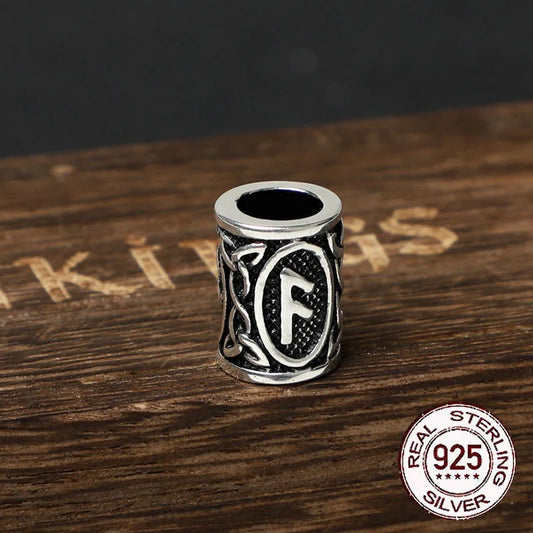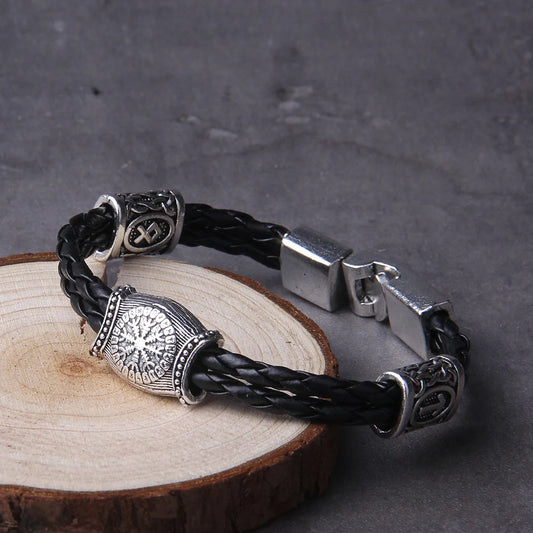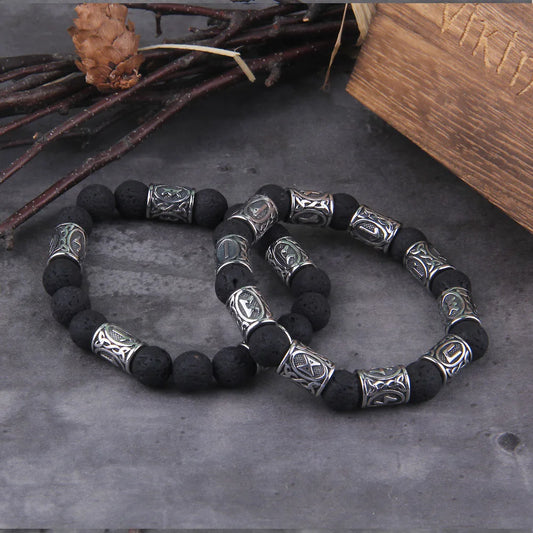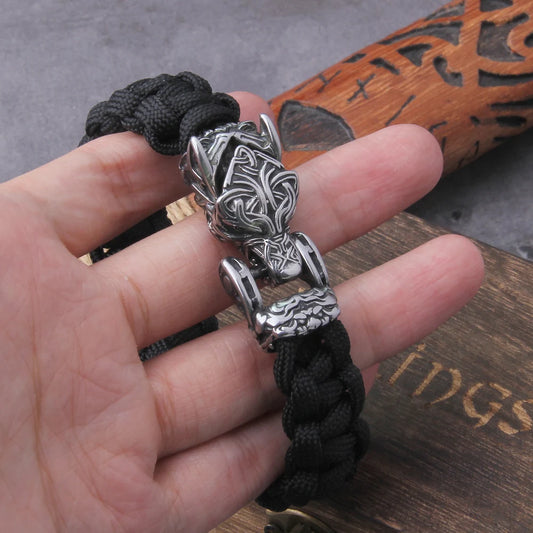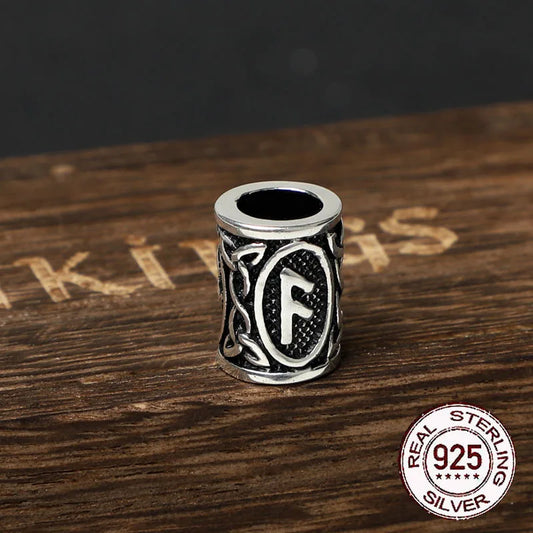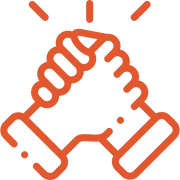Blót is the Old Norse sacrifice, that is a ritual act dedicated to the gods.
The noun blót goes back to the Old Norse verb blóta (cf. Gothic and Old English blōtan, Ahd. blōzan, bluozan, or pluozan).
These forms go back to a Urantian noun *blōtą meaning "to sacrifice, to worship." Associated with this is a strong Proto-Germanic verb *blōtaną, also meaning "to sacrifice, to worship." The term also appears attested in Old Norse as blót-hús "house of worship" and in Old High German as bluoz-hūz "temple."
With a different nominative affix, the same root is found in the Proto-Germanic noun *blōstrą "sacrifice" (attested in Gothic *blostr in guþ-blostreis "worshipper of God" and Old High German bluostar "sacrifice").
It is assumed that the root of the word can be related to the Ur-Germanic verb *blōaną "to blow, blossom, sprout" and the noun *blōmô "blossom."
Blót Sacrifice
The Blót sacrifice usually consisted of sacrificing animals, particularly pigs and horses.
The meat was cooked in large earthen ovens, with heated stones, both inside and outside the dwellings.
The blood was considered to contain special powers and was sprinkled on the statues of the gods, the walls and the participants.
It was a sacred time, where people gathered around steaming cauldrons to eat "together" with the gods and elves. The drink was passed among the diners and blessed. Generally what was drunk was beer or mead, but among the nobles it could be imported wine.
The ancient prayer was til árs ok friðar, "for a good year and peace". They prayed for fertility, good health, good life, peace and harmony between people and gods.
When did blóts take place?
The autumn blót took place in mid-October, the great blót of the winter solstice or Yule.
The dark winter was a very hard time for the Scandinavians, and they felt that special acts needed to be undertaken to help nature get through this critical period.
Freyr was the most important god in these blóts, and the "Christmas ham" (in pagan times it was a pig sacrificed in honor of Freyr) is still an important and well-preserved tradition in Scandinavia. The summer blót was held in April at the vernal equinox and was in honor of Odin.
It was customary to drink to victory and to war and this was a blót celebrated prior to the dates when the Vikings set out on expeditions or to war.
In contemporary times, every Yule, Scandinavians traditionally have porridge and the whole family gathers around the table.
Even in many homes, an extra bowl of oatmeal is served and taken outside (with a piece of butter or lard on top), to be shared with the keeper of the home, the tomte (or "nisse" in Denmark, a kind of gnome or elf).
In ancient times it was believed that he would leave the house if he was not served and this would lead to ruin.
Did the Vikings performed human sacrifices?
The question of whether the Norse practised human sacrifice has long been a topic of debate, for example what the reason was for the elderly woman being put in the Oseberg grave, and how Arab explorer Ibn Fadlan's account of the slave woman's killing should be interpreted.
However, so many traces of such sacrifices have been found that it was very likely, if not common, then not unknown in pre-Christian times; for example, it is mentioned in several written sources, just as images on e.g. Gotlandic picture stones can be interpreted as sacrificed people.
The many finds of bog bodies and traces of sacrifices of prisoners of war dating back to the pre-Roman Iron Age show that ritual killing in one form or another was not uncommon in northern Europe in the pre-Viking period. In addition, some finds from the Viking Age can be interpreted as remains of human sacrifices.
The written sources show that a commander could dedicate the enemy's warriors to Odin by means of a spear. In this way, war was ritualised and sanctified, and the defeated and killed opponents served as offerings.
In general, violence was part of everyday life in the Viking Age and before, and it thus acquired natural religious significance like other aspects of life.
Human sacrifice probably occurred in the Viking Age, but there is no evidence that it was part of normal public rituals. Instead, it was something that occurred only in the context of war and crisis situations.


